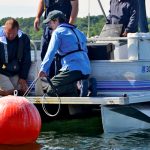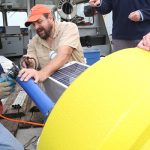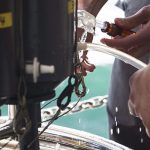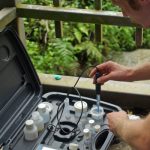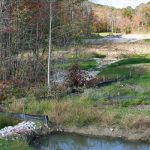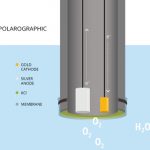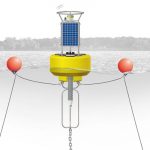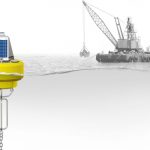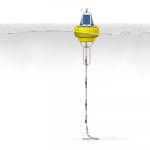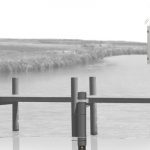Deploying a data buoy safely can include many factors and changes depending on the local weather conditions and instrumentation.
Articles Tagged: monitoring
Coastal Buoy Monitoring Systems
Coastal buoy monitoring systems, which are subjected to harsh and unpredictable weather and other forces, are simple to use and promise highly accurate performance despite punishing conditions.
Water Quality Measurement
Accurate water quality measurement, while basic in many situations, forms the basis for numerous crucial management decisions.
Understanding Water Quality Parameters – Part 1
Water quality parameters such as dissolved oxygen, conductivity and chlorophyll are critical to understanding changes in lakes, rivers, and oceans.
Why Measure Water Quality?
There are so many reasons to measure water quality. Any of the main water quality parameters are linked to important signs of environmental health.
How to Measure Dissolved Oxygen
Sensors can measure dissolved oxygen either in the field or lab. They range in design and function for use in long-term monitoring, BOD tests, or sampling.
Water Current Monitoring with an ADCP
Acoustic Doppler Current Profilers (ADCPs), are most commonly deployed to measure current and can be easily integrated with NexSens buoys.
Turbidity Monitoring at Dredge Sites
For regulatory or other needs, turbidity monitoring is and important aspect of any dredging project. Dredging affects water clarity and quality and should be monitored in real time to aid with remediation efforts associated with elevated turbidty.
Temperature Profiling – Thermistor Strings
The NexSens TS210 Temperature String provides high precision measurements for profiling in lakes, streams, and coastal waters.
Nutrient Monitoring – Nitrate
Nitrate, phosphate, and other nutrients are increasingly important indicators of the overall health of a water system. Real-time nutrient monitoring with NexSens telemetry systems offers critical insight into these water quality changes over time.

